
Deeply Rooted
I am not well traveled. I’ve never flown on a plane. I’ve never been north of Ohio or west of Texas.I’m not as well traveled as some may say one should be, but this piece of land has housed all of my fondest memories…
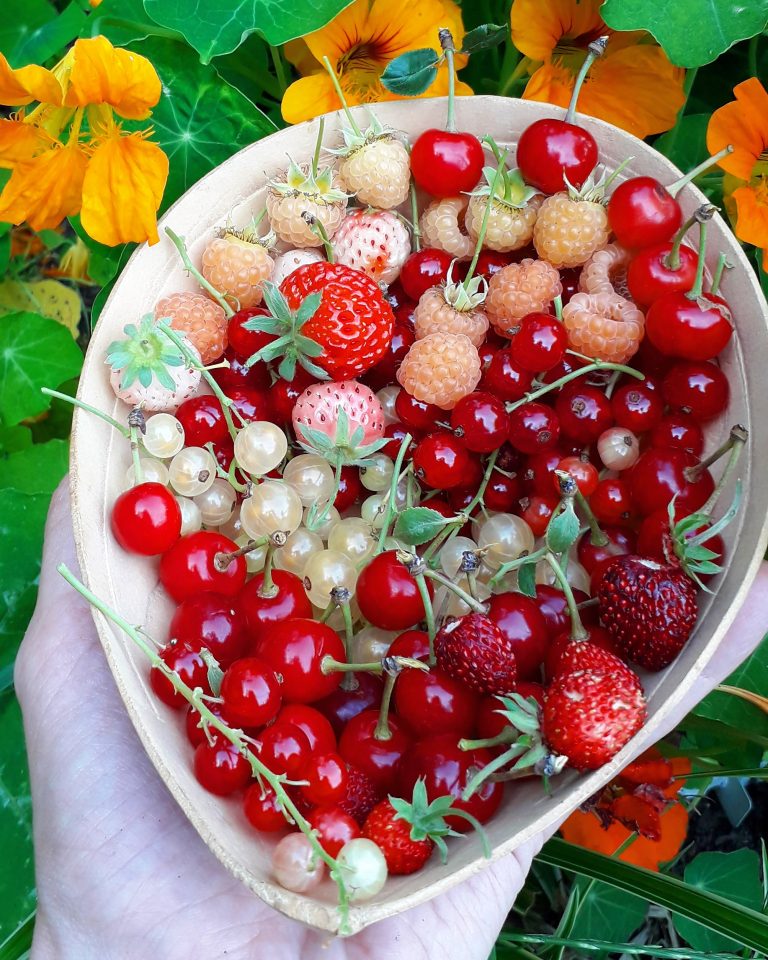
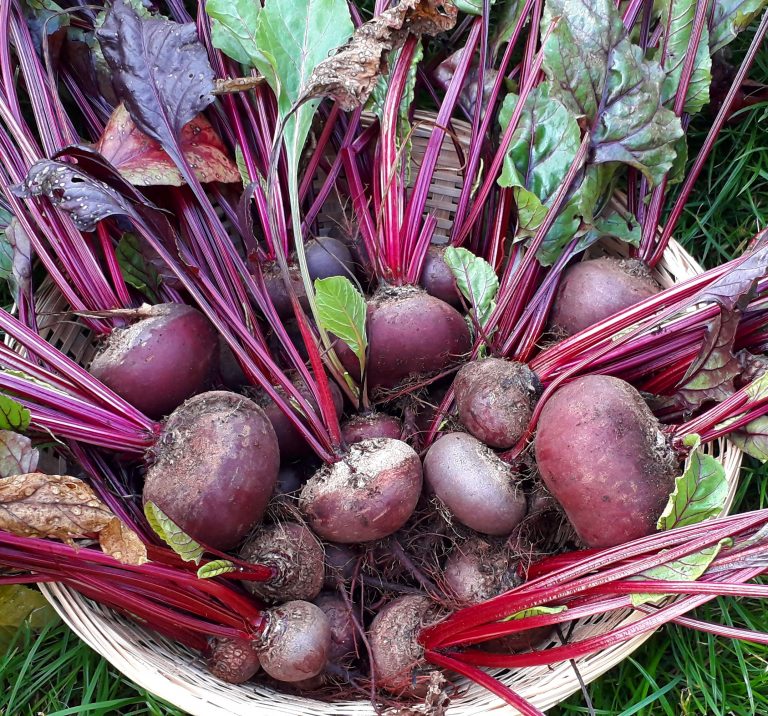
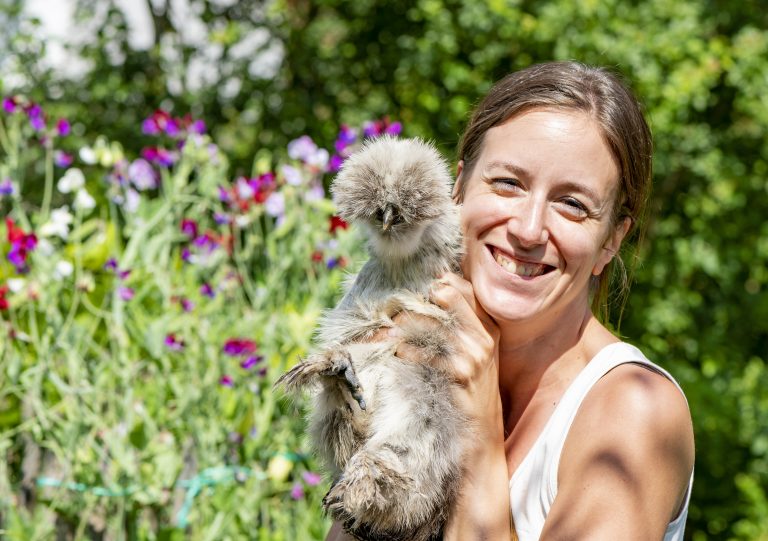
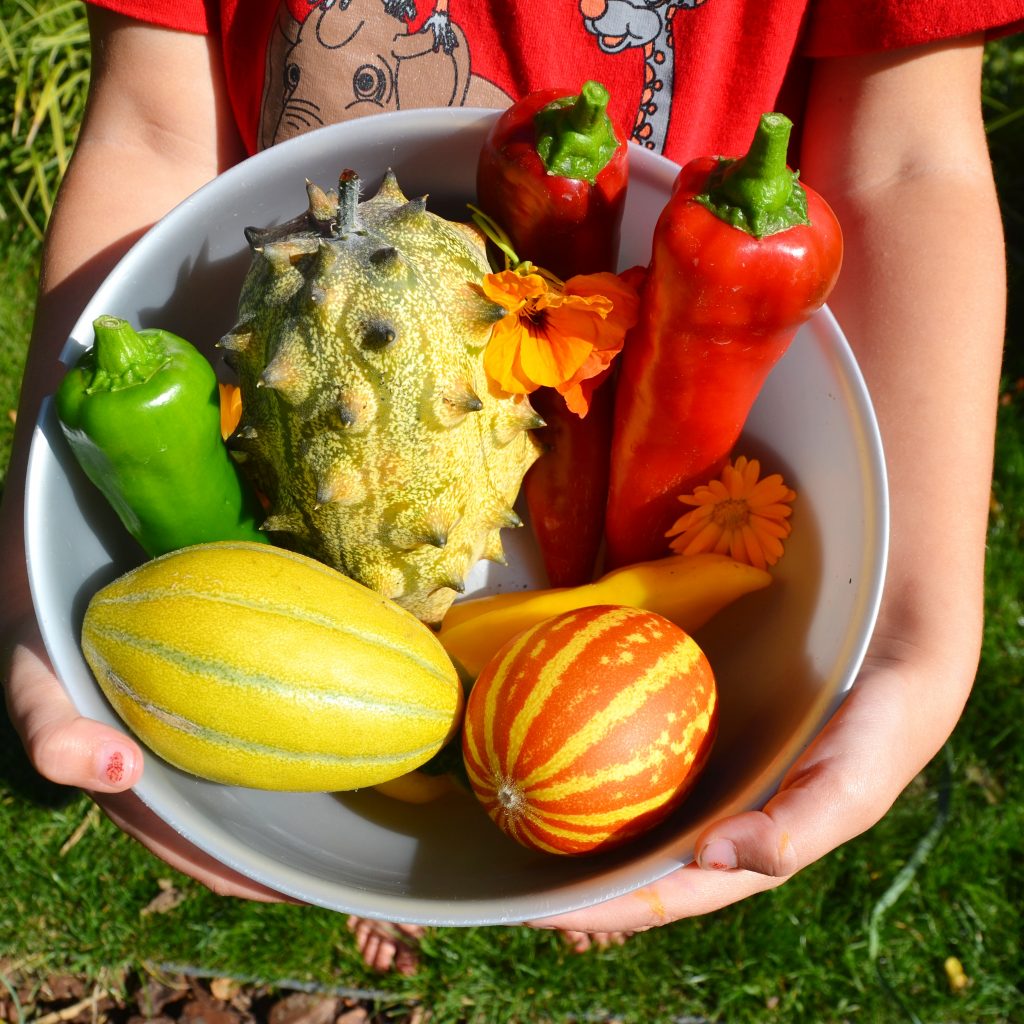
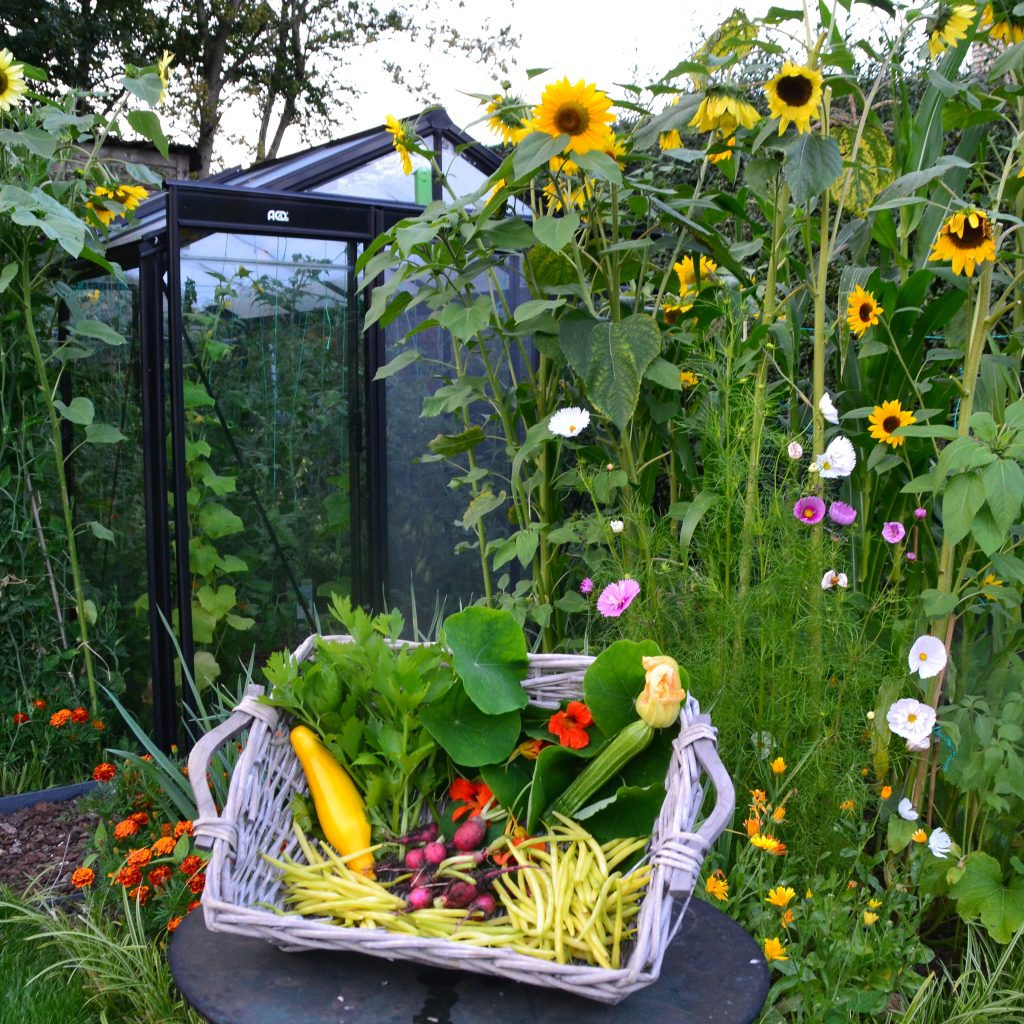
How to start your own veggie garden!
Do you like to know what you eat? Do you highly value a short food supply chain ? That means you know how important to grow your own veggies and fruits. Vegetables sold in supermarkets are usually produced on big-scale, gigantic farms. Ever wondered why supermarkets sell tropical melons in wintertime? They are produced in large greenhouses with artificial light and heat. Or they were grown in tropical areas, harvested unripe, transported all the way up here and then put in containers with ethylene to ripen them off. Time to get rid of this unnatural way to eat veggies! With some easy steps, you grow all your favorite vegetables in no-time in your own garden.
Step 1: where to grow?
Do you want to grow veggies in your own garden? Of at an allotment? Maybe on your balcony? The location is very important. Ideally, you want to have at least 6 hours of sunlight a day. Most plants like a lot of sun in order to grow and develop faster. Tropical plants, like melons, even need more sun
and prefer a warm spot. Check out any environmental issues : ensure that your veggie patch is surrounded by small hedges or trees to protect them from cold winds.
Step 2: soil type
Once you’ve decided where to grow your veggies, you need to determine its soil type. Sand, silt and clay are the most known soil types. However, a combination is also possible.
Sand: the largest mineral particles in a soil, when rubbed between your fingers it feels gritty
Silt: smaller than sand, feels like flour between your fingers
Clay: very small particles, feels sticky
There is no such thing as a perfect soil. Some plants grow at their best in a loam soil, whereas some prefer a sandy soil. Most vegetables in your garden like a soil which consists of 40 % sand, 40 % silt and 20 % clay, and is rich in organic matter.
Nevertheless the soil type, some home-made compost is always a real gift to your garden. Compost contains a lot of nutrients, will improve soil’s health and condition, and will improve the structure so that roots will grow better.
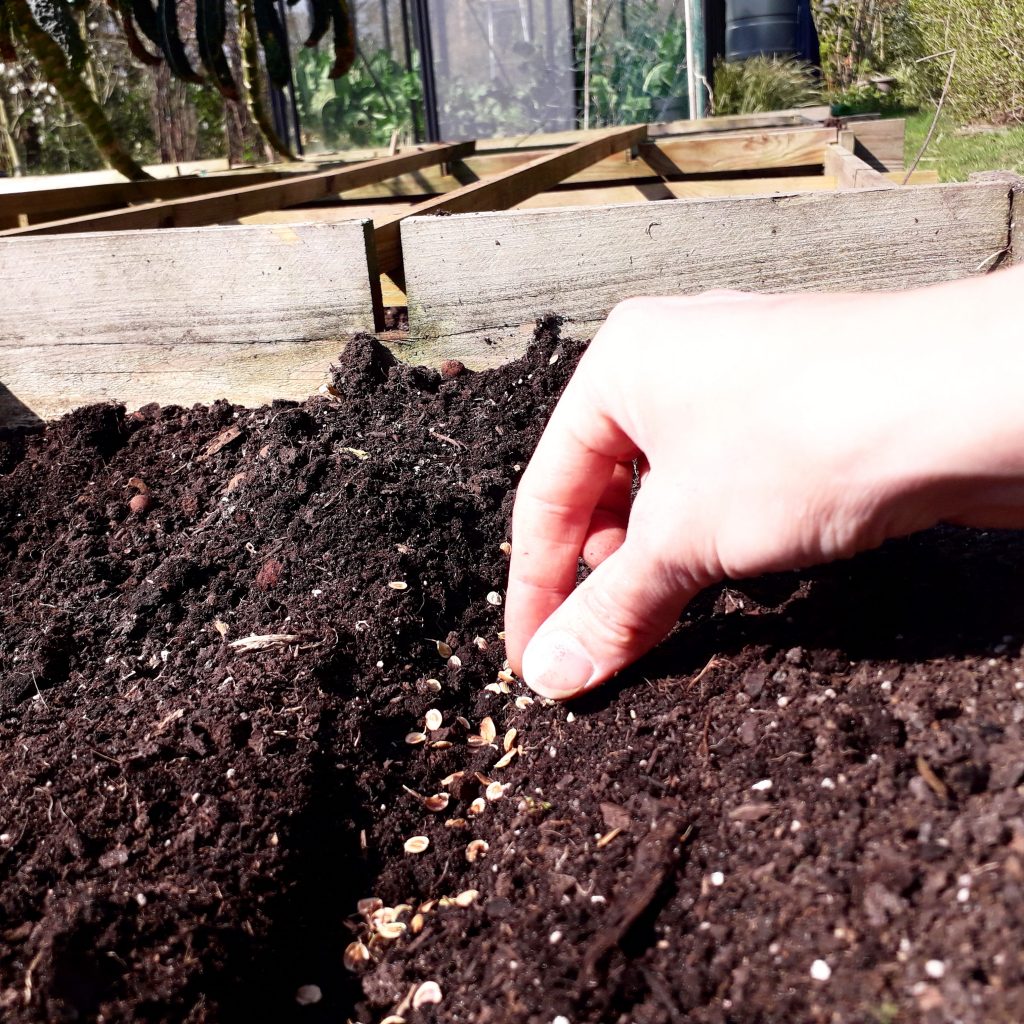
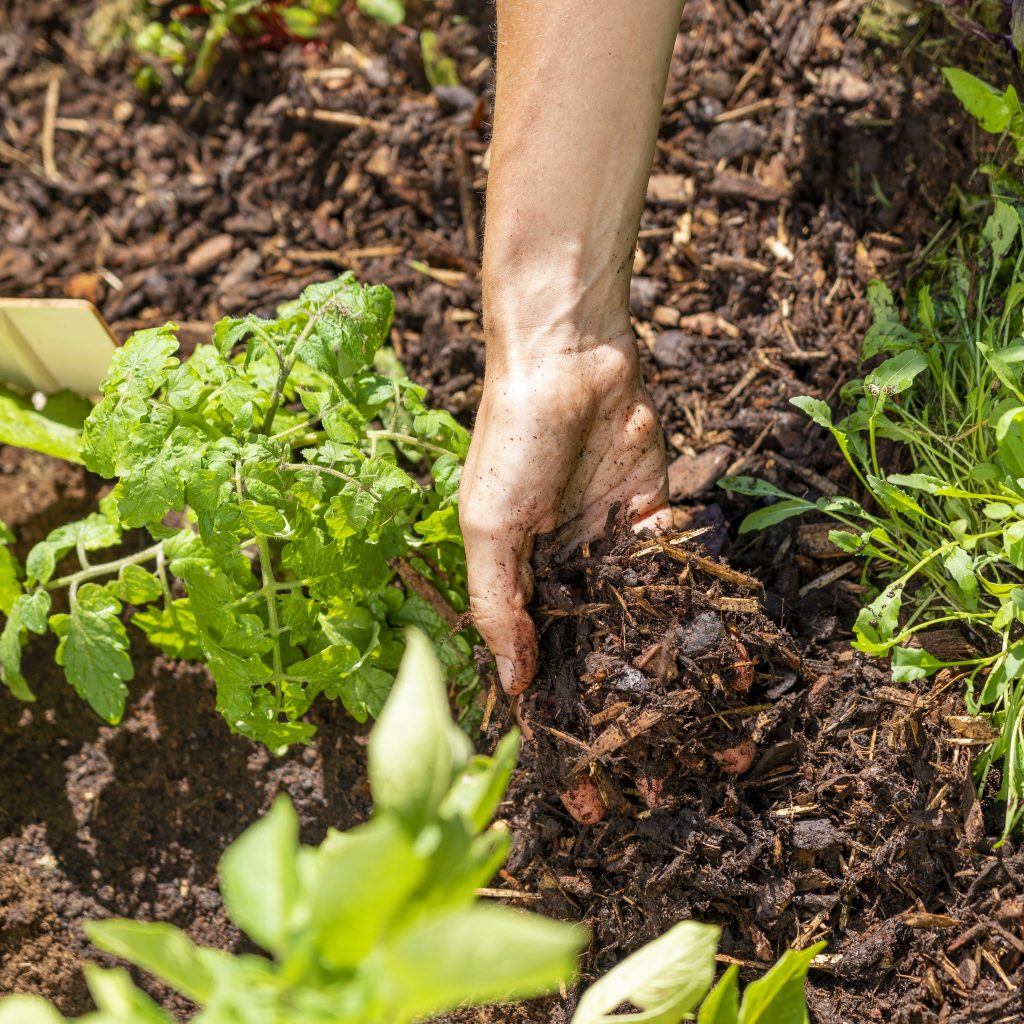
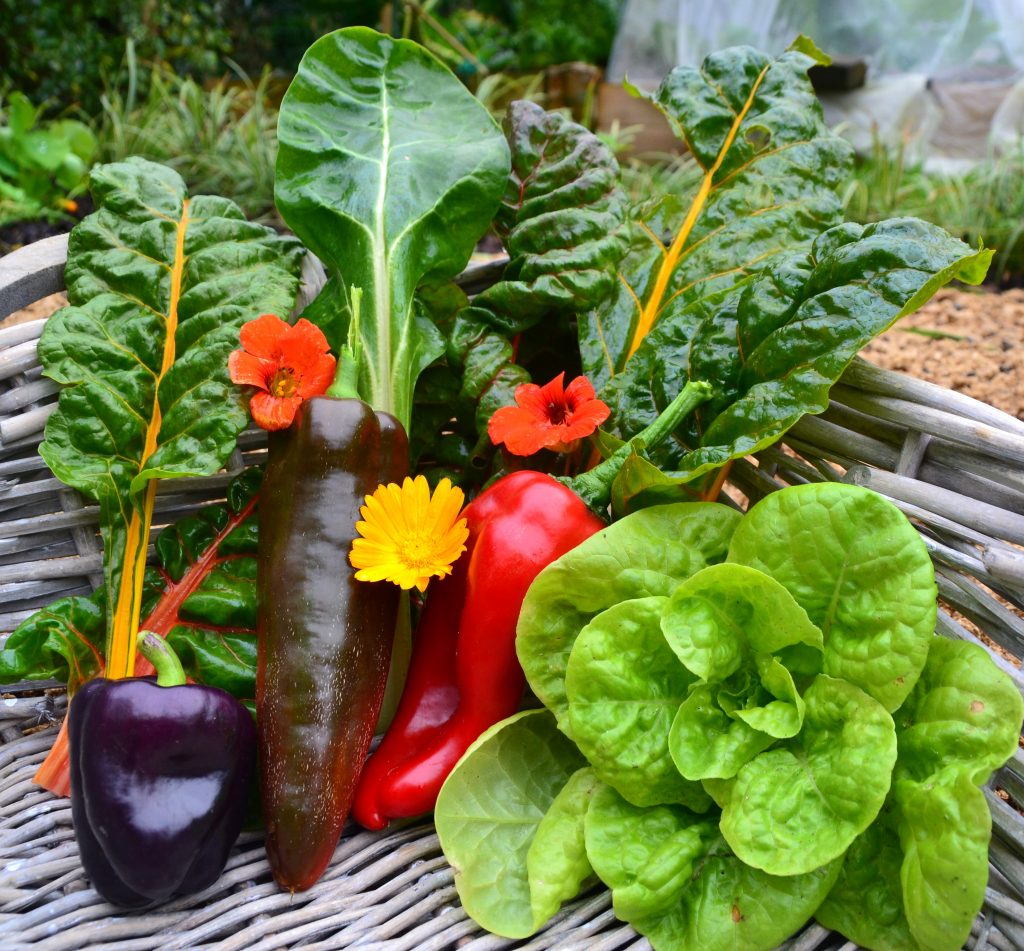
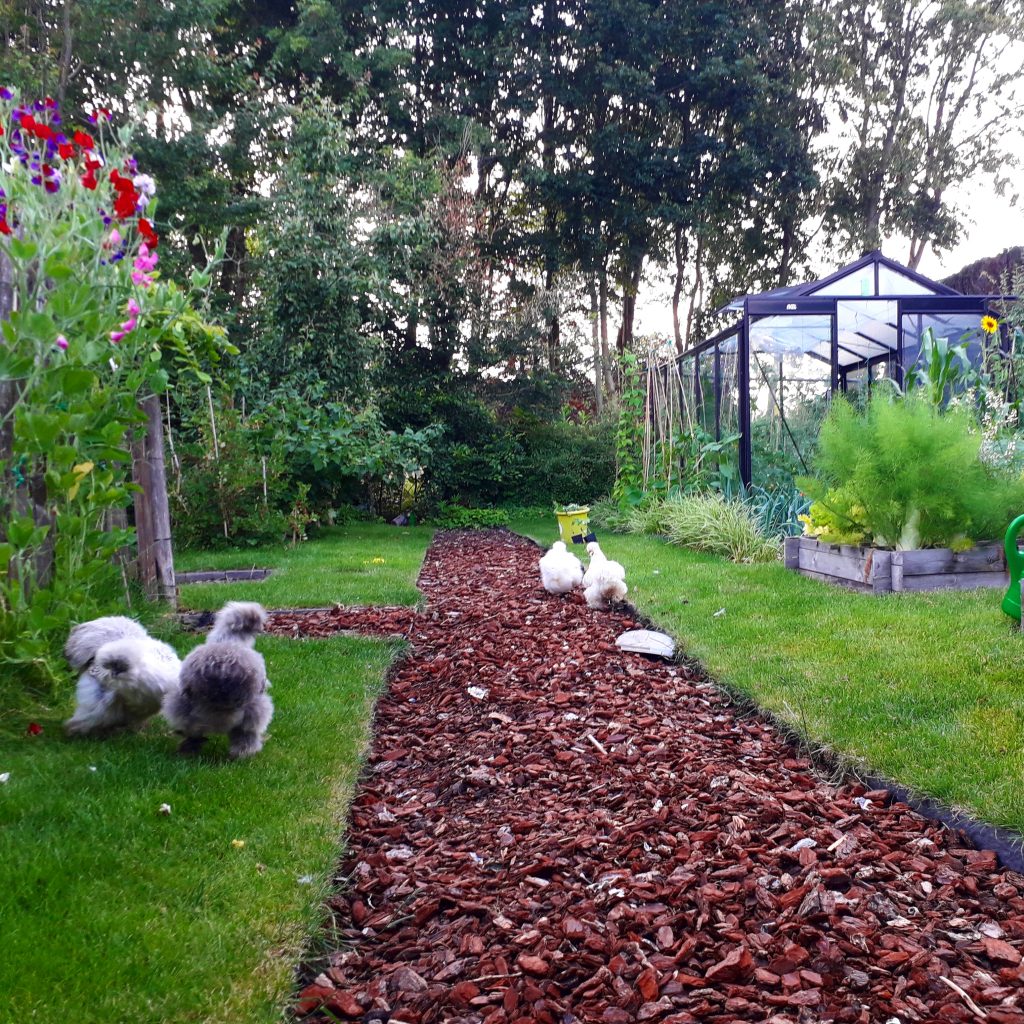
Step 3: get informed
When do you need to sow which veggie? What kind of diseases can you encounter and how to
prevent them? How do I need to take care of my plants? Does it need a lot of just a tiny bit of water?
It’s important to get you informed about all the questions you have. You can start googling, or sit back and relax with a good gardening book.
Step 4: pick easy vegetables
Only plant veggies that you really like. Some easy vegetables to grow are lettuce, beans, radishes, peas, spinach and chard.
Step 5: mulch, mulch, mulch
A no-dig garden provides most benefits. In this type of garden, you do not dig, loosen or turn-over the soil. In contrast, you cover the soil with organic components like mulch, fallen leaves or home-made compost. This way, the soil micro-organisms are not disturbed and the aerobic and anaerobic soil layers are kept intact.
Step 6: write down
Write everything down. When did you sow those carrots? How did you take care of them? If in a couple of months something doesn’t go as planned, you can have a look in your journal and try to figure out what went wrong. Next year, all you need to do is check out your notes to improve your skills.
Good luck!

I am not well traveled. I’ve never flown on a plane. I’ve never been north of Ohio or west of Texas.I’m not as well traveled as some may say one should be, but this piece of land has housed all of my fondest memories…

Do you ever worry that your kids will miss out because of this homesteading lifestyle choice? This fear crosses my mind time to time. I’m sure many, if not most of you, could agree that it can be extremely difficult to get extended time away from the homestead for more than a full day, especially in the busy summer months when daily chores demand our regular attention…

I don’t know a single person that can’t find some joy in flowers – whether it be their color, shape, or smell, a bouquet of fresh posies is sure to brighten anyone’s day. It’s no wonder that growing a cut flower garden has become increasingly popular among small farmers and homesteaders as a means of diversification…
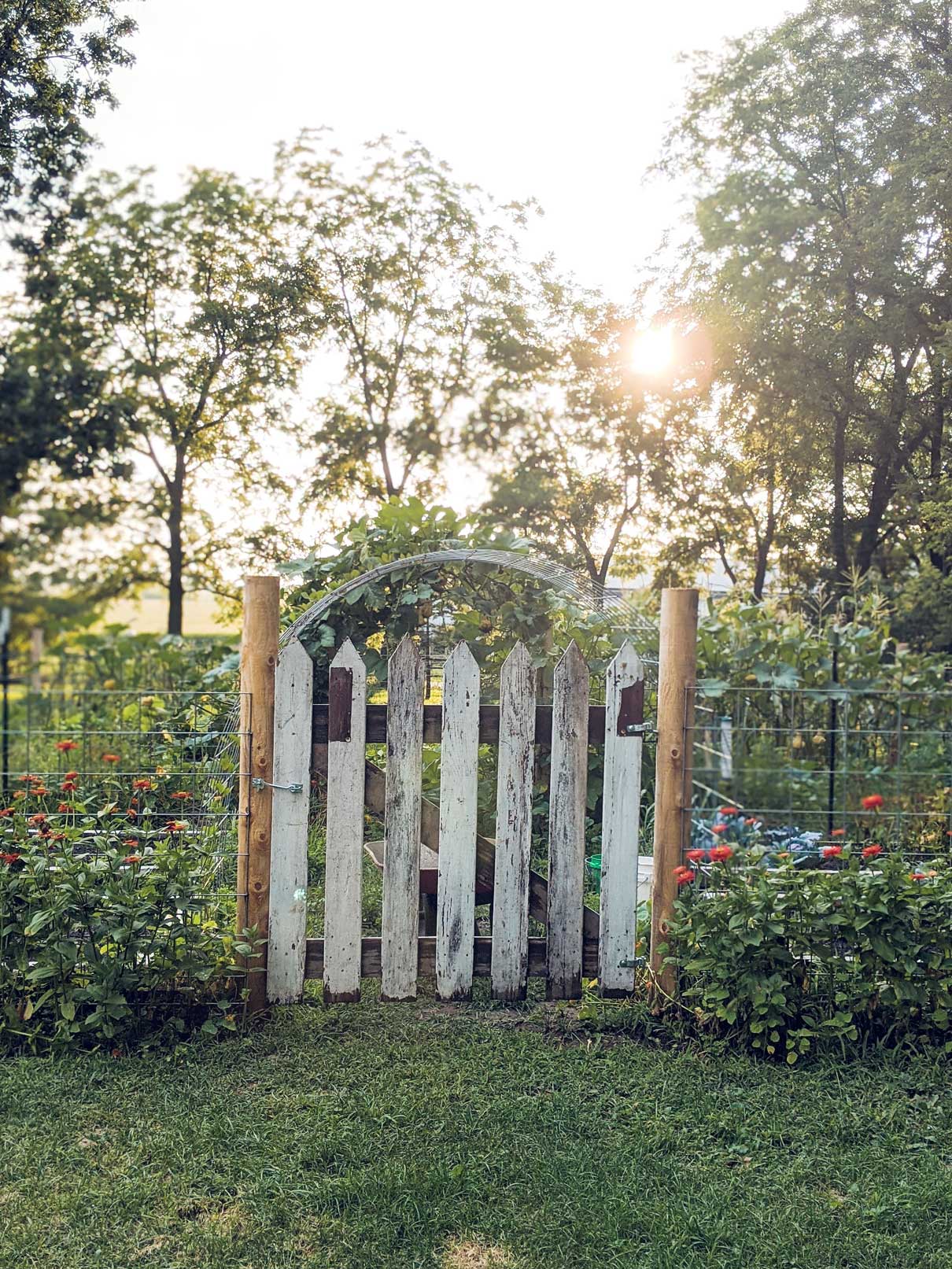
“In some Native languages the term for plants translates to ‘those who take care of us’ … the land knows you, even when you are lost.” – Robin Wall Kimmerer, Braiding Sweetgrass…
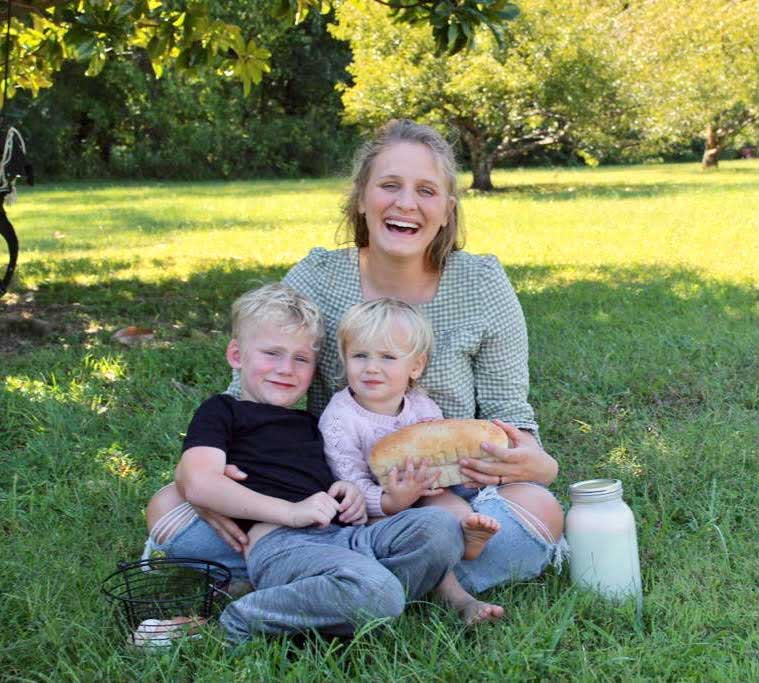
Babies, Business, and Bumper Crops: How I am Learning to Homestead with Babies in Tow
Have you ever had one of those days? You know the days when you are cleaning the baby’s diaper, milking the cow, scooping poop in the barn, wiping noses, and cleaning more poop off of kids’ shoes…

Hey there, Homesteading Mama’s!
I’m Rachel from @frontier_homesteading. My husband Ryan, three children and I have been homesteading for about 10 years now, first in Wyoming and now in Alaska.
We currently have milk goats, pack goats, sheep, a pig, a cow, chickens, rabbits, bees and a dog. Seasonally, we also have more pigs, meat chickens and turkeys….
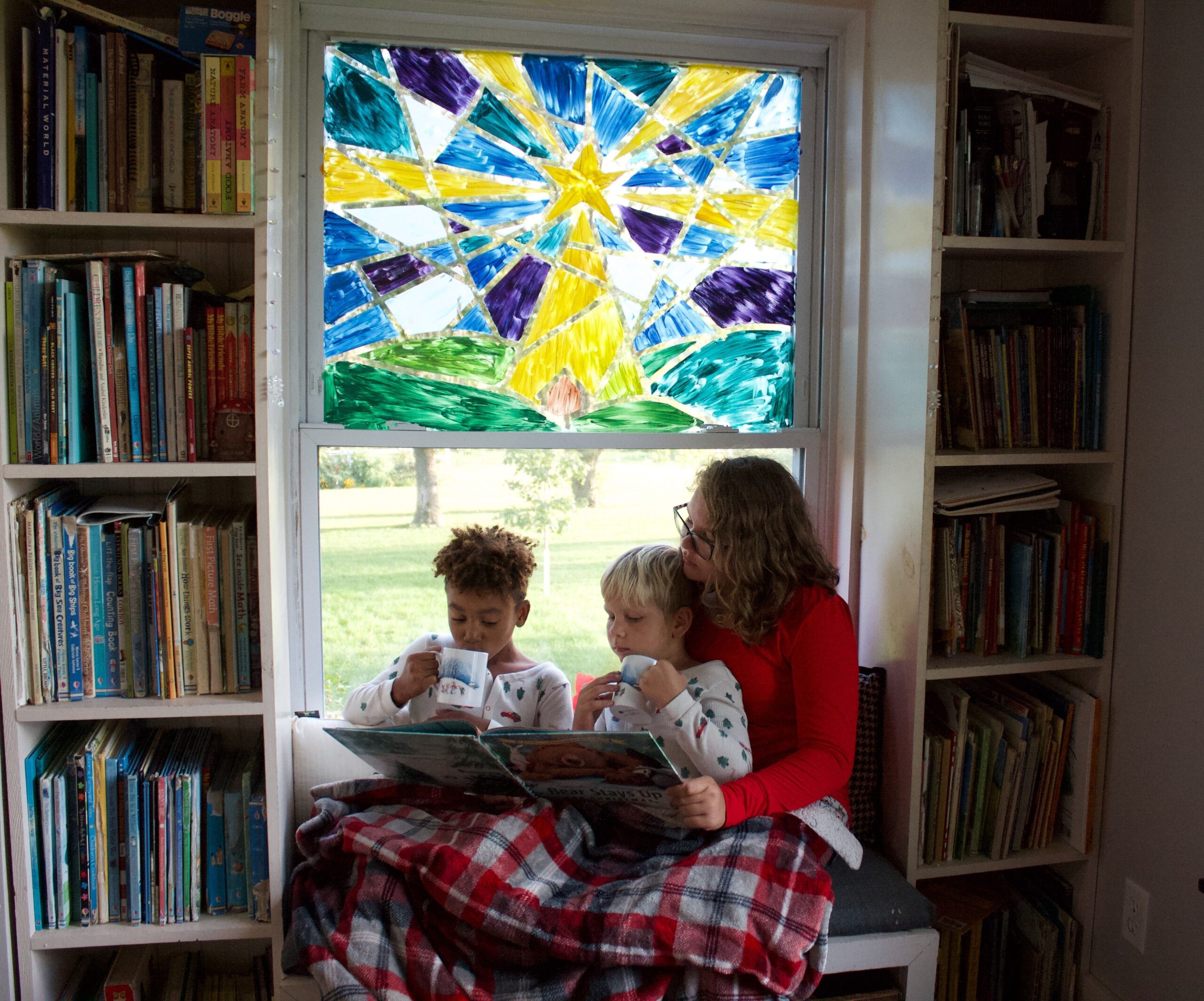
Stained glass windows date back to the 7th century. With the earliest known reference dating
from 675 AD when workmen were imported from France to Britain to Glaze the windows of a
monastery…
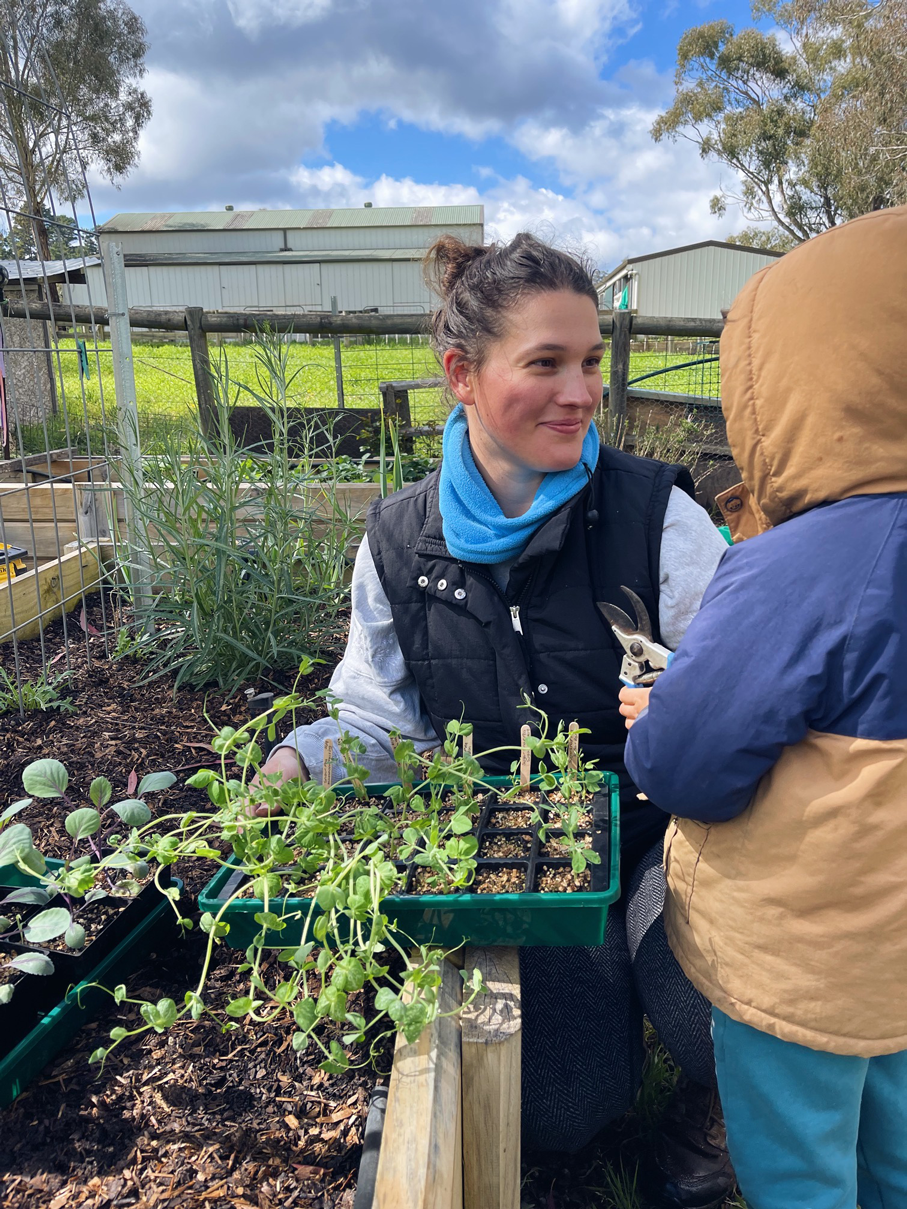
Homesteading and growing food is not the easy way out of this life, i would say it is the hard way as there’s nothing convenient about it. It’s a lifestyle, a life change not a trend or hobby. Well, that’s my opinion any way…
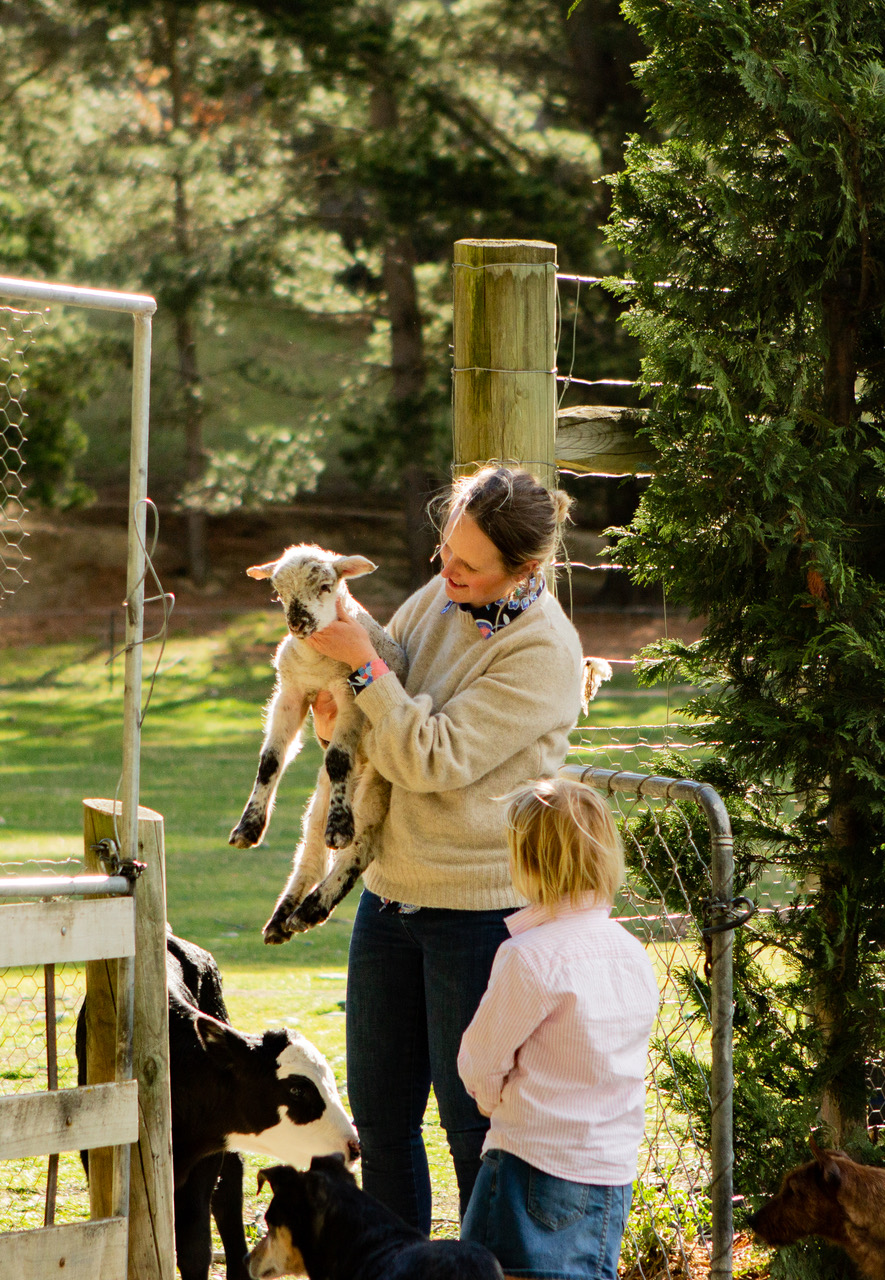
Awakino Station is a child’s dream. There is the river to splash in, tussock covered hills to explore, animals to raise and a bustling kitchen with a baking tin full of something yummy to eat…